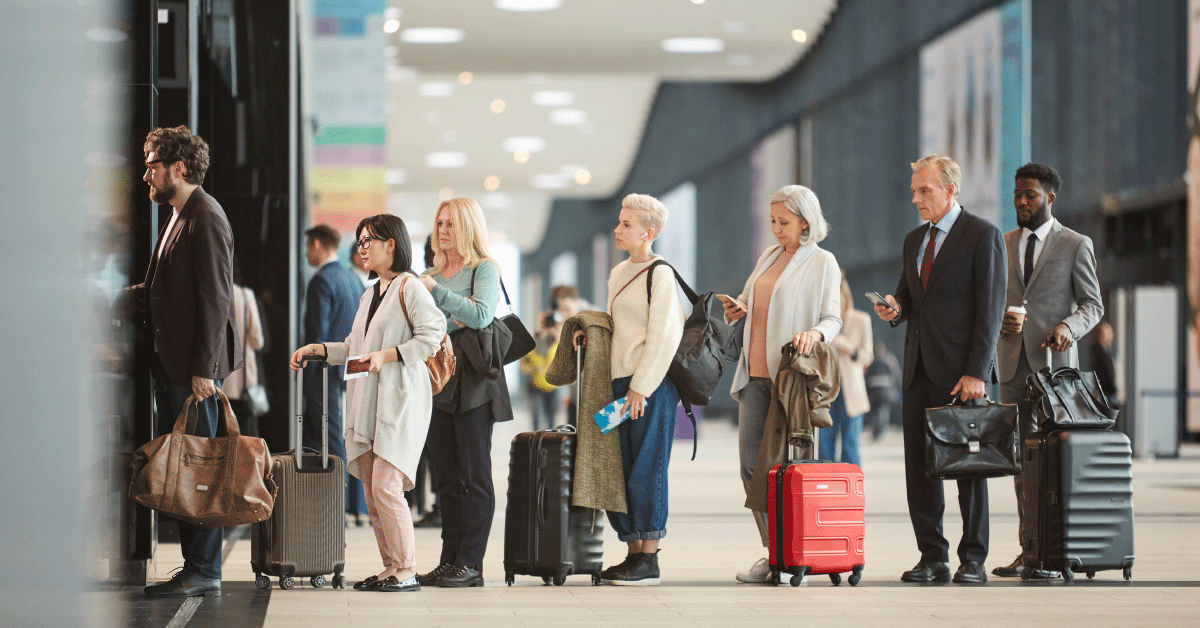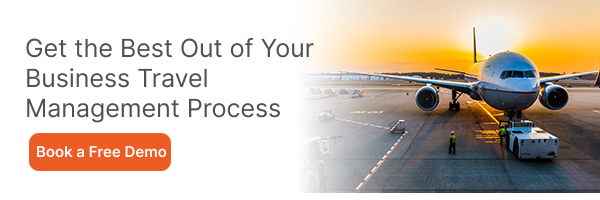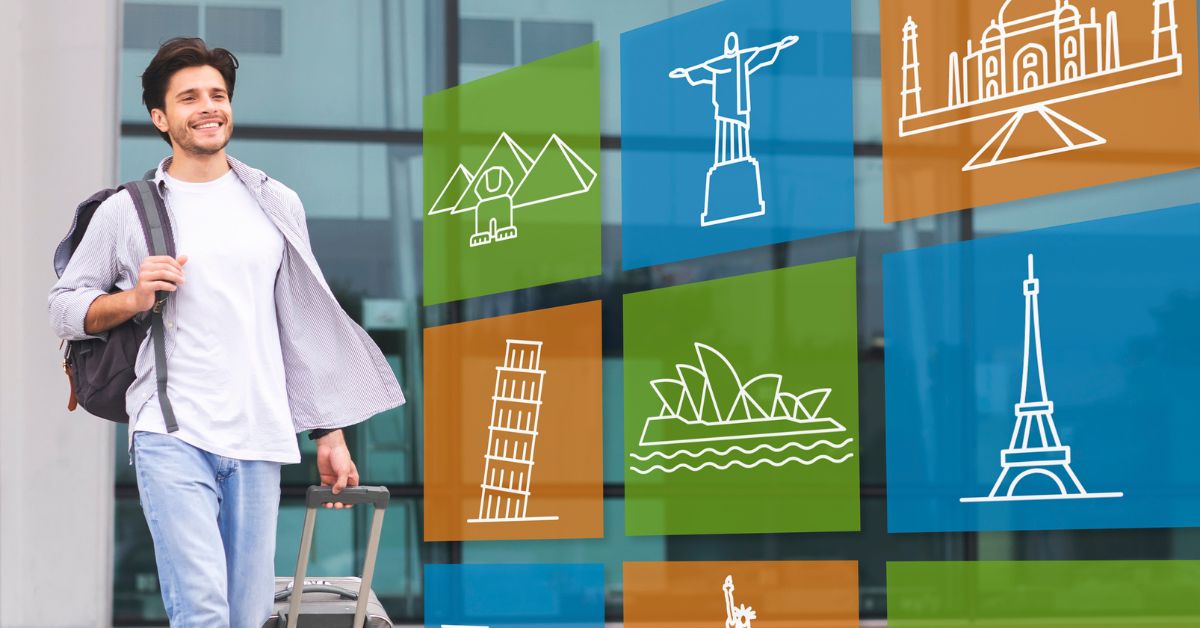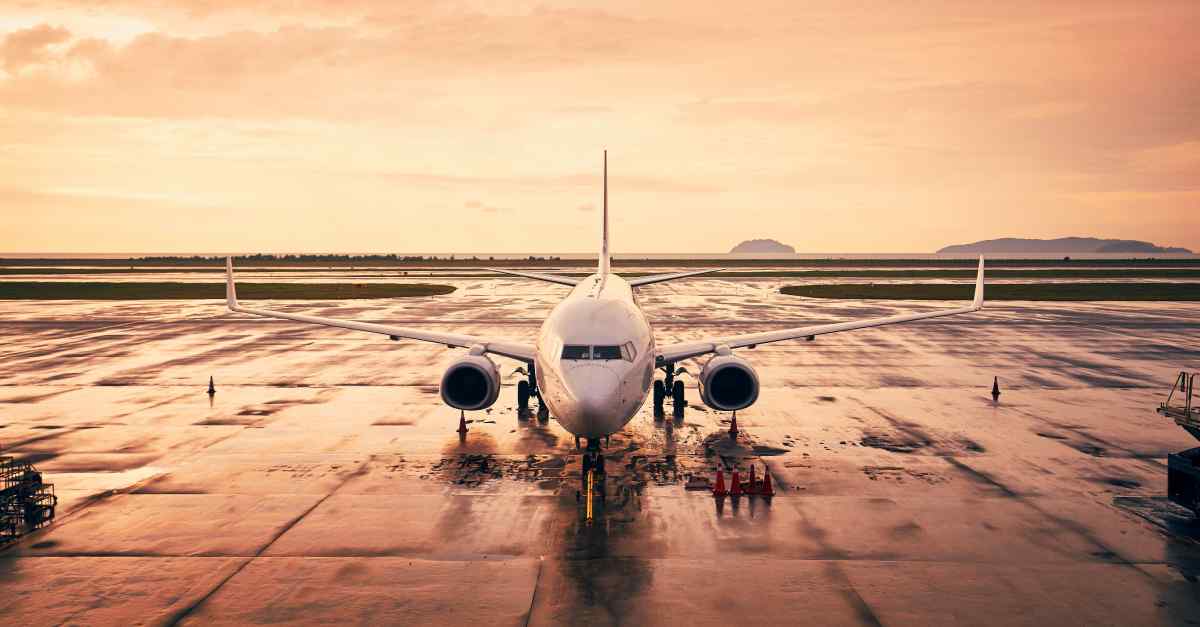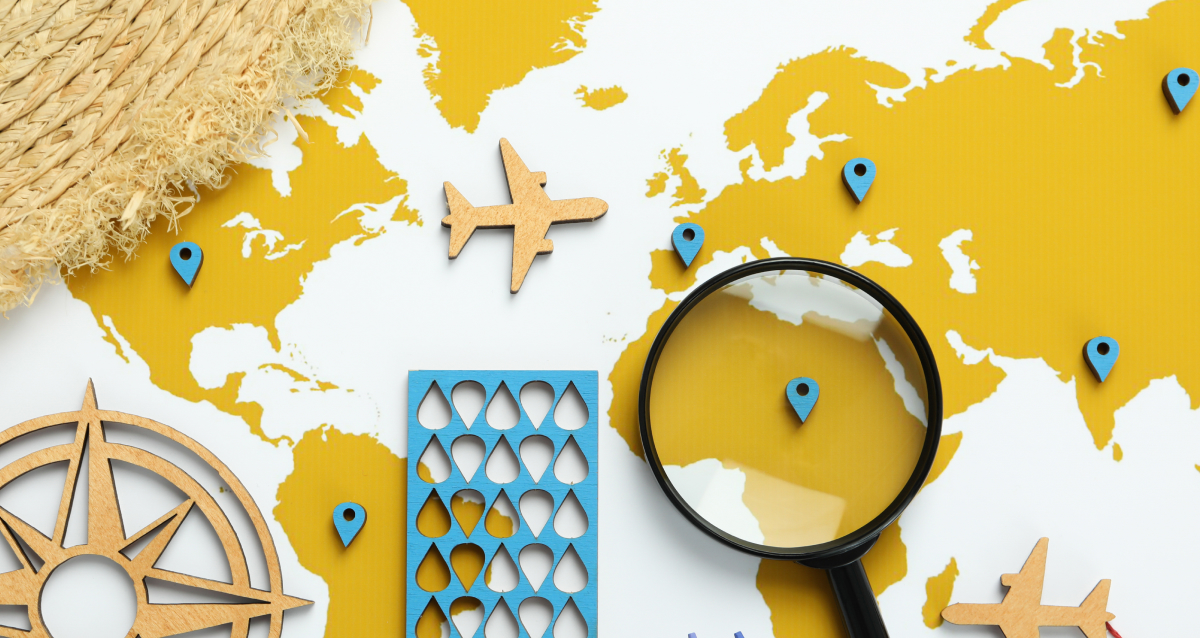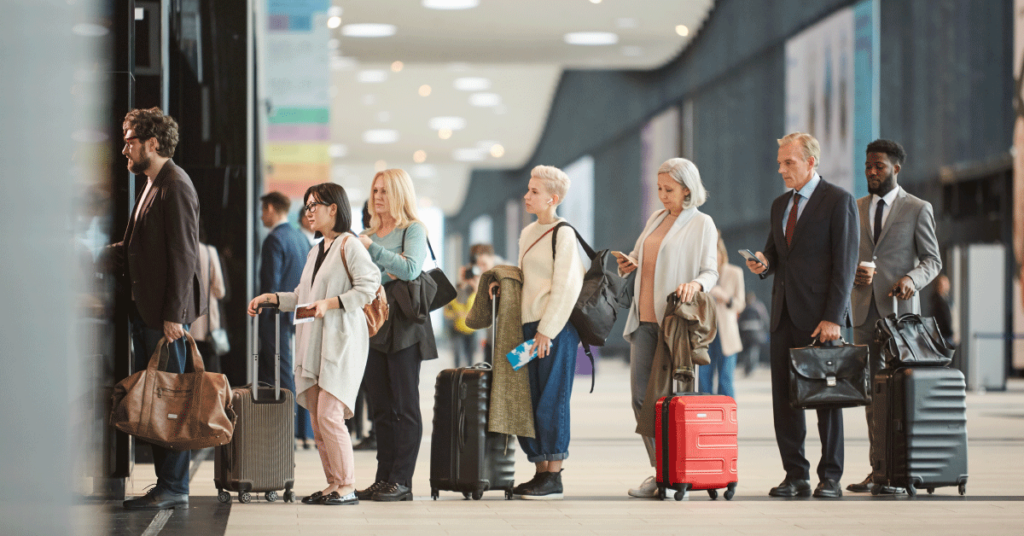
Are you preparing for your next flight and feeling overwhelmed by the prospect of airport security? Does standing in long queues for airport security checks stress you? Don’t worry, you are not alone. Navigating the Transportation Security Administration (TSA) rules and regulations can feel like stepping into a minefield. However, with some tips, basic knowledge, and preparation, you can tackle the screening process with confidence and ease.
Hence, in this blog, we will help you understand the TSA in detail and its role in ensuring the safety and security of air travel. With the help of this guide, you can easily master TSA guidelines and interact with TSA personnel, leveraging pre-check and global entry programs. You can make your business travel seamless by staying informed about these protocols.
Understanding The Origin and Mission of TSA
The Transportation Security Administration was established after the September 11, 2001, terrorist attacks. This highlighted significant vulnerabilities in the U.S. aviation security system. The Congress Govt. created the TSA as part of the Aviation and Transportation Security Act. President George Bush signed it into law on November 19, 2001. TSA’s primary mission is to protect the nation’s transportation systems. Thus ensuring the freedom of movement for people.
The TSA’s responsibilities extend beyond aviation security. They include ensuring highway, railroad, bus, mass transit system, pipeline, and port security. However, its most visible role is at airports. TSA transportation and security administration officers conduct security screenings of passengers and their baggage to prevent prohibited items from being brought on board aircraft.
TSA PreCheck and Other Trusted Traveler Programs
One key initiative by TSA Transportation is the introduction of trusted traveler programs. These programs aim to improve the efficiency and convenience of the security screening process. TSA PreCheck is perhaps the most well-known of these programs.
TSA PreCheck
Transportation Security Administration PreCheck is designed to expedite the security screening process for low-risk travelers. Members of this program can use dedicated TSA PreCheck lanes at over 200 U.S. airports, where they can pass through security without removing shoes, belts, light jackets, laptops, and compliant liquids from their bags. This can significantly reduce wait times and make the security process more convenient.
To enroll in TSA PreCheck, you must complete an online application, pay a non-refundable fee, and attend an in-person background check and fingerprinting appointment. Once approved, TSA PreCheck membership is valid for five years.
Suggested Read:
TSA PreCheck: Everything You Need to Know and More
Global Entry
Global Entry is another trusted traveler program that includes TSA PreCheck benefits. It speeds up the entry process for pre-approved, low-risk travelers in the United States. It is particularly useful for frequent international travelers. The application process is similar to that of TSA PreCheck but includes an interview with U.S. Customs and Border Protection (CBP).
CLEAR
CLEAR is a private program that complements TSA PreCheck. It allows passengers to quickly verify their identity through biometric screening (fingerprint and iris scan. After this, they can proceed directly to the physical screening conducted by the Transportation Security Administration. While CLEAR membership requires a separate fee, it can be used at various airports, stadiums, and other venues.
Preparing for Security Screening
Preparation is key to a smooth, stress-free experience at TSA transportation and security administration checkpoints. Here are some essential tips to help you prepare:
1. Know What to Pack
TSA has strict regulations regarding what can and cannot be brought onto an airplane. Familiarize yourself with the list of prohibited items. This includes weapons, explosives, and hazardous materials. The TSA website provides a comprehensive list and a helpful ‘What Can I Bring?’ that allows you to search for specific items.
2. Follow the 3-1-1 Liquids Rule
The 311 rule limits the amount of liquids, gels, and aerosols you can bring in your carry-on bag. Each container must be 3.4 ounces (100 milliliters) or less. All containers must fit into a single, clear, quart-sized plastic bag. Exceptions are made for medications, baby formula, and breast milk, but these items must be declared to TSA officers at the checkpoint.
Suggested Read:
What is the 311 Rule at the Airport Security?
3. Pack Smart
Organize your carry-on bag so that items are easy to see and access. Place your quart-sized bag of liquids in an outer pocket or at the top of your bag for quick removal. Ensure that electronic devices larger than a cell phone, such as laptops and tablets, are easily accessible. They may need to be placed in a separate bin for screening.
4. Dress Appropriately
Wear shoes that are easy to remove and put back on. Avoid clothing with excessive metal, such as large belt buckles or jewelry. This can trigger alarms and slow down the screening process. Be prepared to remove outerwear, such as coats and jackets, during screening.
5. Arrive Early
Airports can be unpredictable, and security lines can vary in length. Arrive at the airport at least two hours before your domestic flight and three hours before an international flight. This will allow ample time for check-in, security screening, and any unforeseen delays.
The Security Screening Process
Understanding what to expect during the Transportation Security Administration screening can help you confidently navigate it. Here’s a step-by-step guide:
1. Document Check
The first step at the security checkpoint is the document check. You must present a valid government-issued photo ID and your boarding pass. TSA transportation officers will verify your identity and match your information to the flight manifest.
2. Security Screening
After checking your documents, you will proceed to the security screening area. This typically involves:
- Passing Through a Metal Detector or Body Scanner: You will be asked to walk through a metal detector or stand in a body scanner. The scanner uses advanced imaging technology (AIT) to detect potential threats. The process is quick and non-invasive.
- Placing Belongings on the X-Ray Conveyor Belt: You must place your carry-on items on the conveyor belt for X-ray screening. Bins are provided for smaller items and loose articles.
3. Secondary Screening
In some cases, you or your belongings may be selected for additional screening. This can happen randomly or if an alarm is triggered. Secondary screening may involve:
- Pat-Down Search: A Transportation Security Administration officer of the same gender will conduct a pat-down search if you cannot go through the body scanner or if an anomaly is detected. You can request a private screening and have a witness present.
- Bag Search: TSA officers may need to inspect your carry-on items manually. You will be asked to open your bag and remove specific items for inspection.
- Explosive Trace Detection: TSA officers may use swabs to test for explosive residue on your hands, clothing, or belongings.
TSA’s Role in Aviation Security
TSA’s mission goes beyond conducting security screenings at airport checkpoints. The agency is responsible for ensuring the overall security of the nation’s transportation and security administration systems through various initiatives and partnerships.
Intelligence and Threat Assessment
TSA works closely with intelligence agencies, law enforcement, and international partners to gather and analyze information about potential threats to aviation security. This intelligence-driven approach allows TSA to adapt its security measures in response to emerging threats and ensure the safety of passengers and crew.
Security Technologies
TSA continually invests in advanced security technologies to enhance the efficiency and effectiveness of the screening process. Some of these technologies include:
- Advanced Imaging Technology (AIT): AIT scanners use millimeter-wave technology to detect concealed threats without physical contact. They provide a noninvasive alternative to traditional metal detectors.
- Computed Tomography (CT) Scanners: CT scanners provide detailed 3D images of the contents of carry-on bags, allowing TSA officers to identify potential threats more accurately. These scanners are being increasingly deployed at airport checkpoints.
- Explosive Detection Systems (EDS): EDS screen checked baggage for explosives. These systems use advanced imaging and chemical analysis to detect potential threats.
Behavioral Detection and Security Training
TSA employs behavioral detection officers (BDOs) trained to identify behaviors that may indicate potential threats. BDOs observe passengers’ behavior and interactions to detect suspicious activity. TSA officers also undergo rigorous training in security procedures, threat recognition, and customer service to ensure they can effectively carry out their duties.
Collaboration with Stakeholders
Transportation Security Administration collaborates with airlines, airport authorities, and international partners to implement and enforce security measures. This collaboration is essential for maintaining a secure and efficient aviation system. TSA also works with industry stakeholders to develop and implement new security technologies and procedures.
Navigate Transportation Security Administration Confidently
Navigating TSA security checkpoints doesn’t have to be stressful. By understanding the information above, you can confidently approach your next flight. Remember to arrive early, pack smart, and cooperate with Transportation Security Administration officers to ensure a smooth travel experience.
However, these rules change frequently, and it might be very stressful to keep yourself updated every now and then. This is exactly where itilite can help you. Our corporate travel management software provides travelers with real-time trip alerts. This way, they don’t miss out on any important updates.
Curious to know more about itilite? Get in touch with our experts now.
